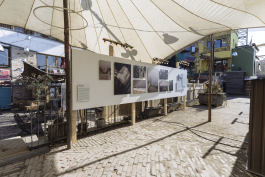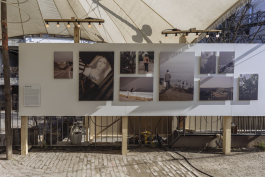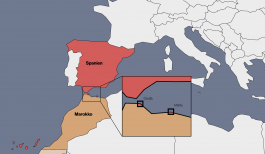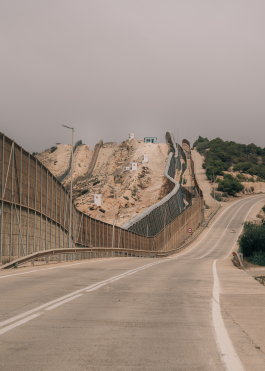
Meter-high fences, enclosed as if in cages, in the very north of Morocco:
There they are, the Spanish exclaves of Ceuta and Melilla. The borders here were once permeable. Both Europe and Africa benefited from good trading conditions and cheap labor on the one hand, and the cheap transfer of goods on the other. But since the 1990s, the fences have been growing higher and higher. Europe is sealing itself off. From Africa and from all the people seeking a safer, better life on the old continent. Several thousand people tried to reach Europe via Melilla and Ceuta in 2024. Those who can swim try to cross the water. Others climb over the fence. Rarely do they succeed on the first attempt. People tell how they finally made it after two years and 25 attempts.
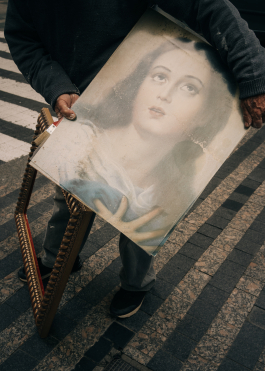
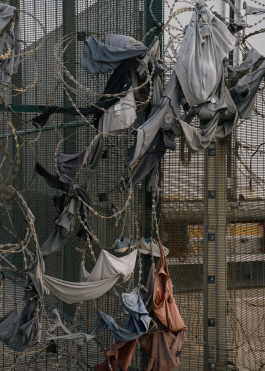
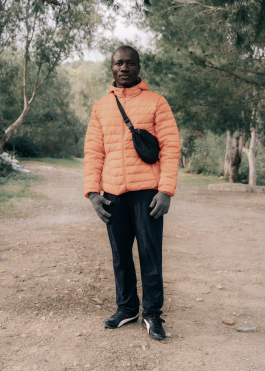
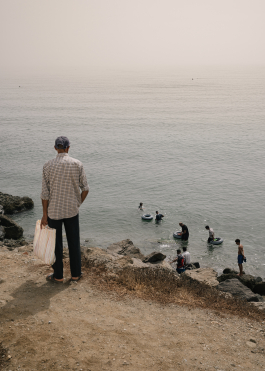

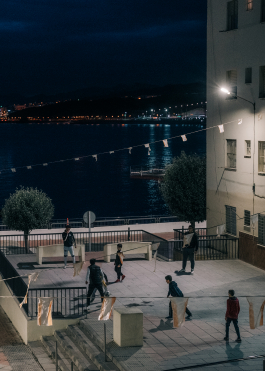
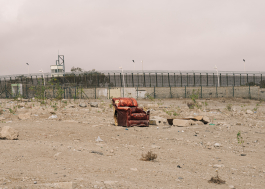
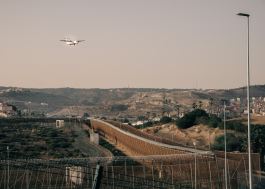
It would be easy to describe the cities of Ceuta and Melilla in North Africa as victims of their geography. However, only the political decisions that people make due to a certain geographical location have serious consequences. The three great seafaring nations of Europe, the ancient Greeks and later the Portuguese and Spanish, were always interested in the lands around the Strait of Gibraltar. Even today, the coat of arms of the Spanish city of Ceuta is strikingly similar to the national coat of arms of Portugal.
The continuing interest of the colonialists is also reflected in the fact that Ceuta and Melilla have “survived” all waves of decolonization to date, are still under Spanish control and Madrid is prepared to spend hundreds of millions on sealing off the cities from the rest of Africa - after all, nowhere is the dream destination of the EU(!)ropa as close as here.
In today's globalized world, Ceuta and Melilla have long since lost their strategic importance for Spain. However, centuries of injections of Spanish national pride have loaded the exclaves with so much prestige that there is no going back or forth. And so, despite all the anger, they are trying to maintain the status quo. As a result, the exclaves remain “excluded” according to their word origin, but nevertheless “separate territories” on continents that should grow together but are artificially separated.
-Fabian Sommavilla
Contact: Fabian.sommavilla@derstandard.at
Fabian Sommavilla is an editor at the Austrian daily newspaper Der Standard in the foreign politics department. In 2021 he published „55 kuriose Grenzen und 5 bescheuerte Nachbarn“ with KATAPULT-Verlag.
Ceuta and Melilla are two Spanish cities in the north of Africa that are often described as laboratories of coexistence and intercultural relations due to their diversity and complex social realities. They have a population that is roughly half Spanish and half Moroccan. There is also a large number of Moroccans who live in the cities or commute there every day to work. The fact that there are relatively small Jewish and Hindu communities in both cities, the majority of whose members are Spanish citizens, forms the basis for the discourse of convivencia, the “harmonious coexistence of the four cultures”. However, this serves more to conceal real power structures and inequalities than to ensure real equality for all city inhabitants.
While Ceuta and Melilla have been the focus of international media attention in recent years, primarily due to migration across the EU's external border there, the long-term resident population is also undergoing relevant processes of change. For example, demographic trends indicate that the Muslim part of the population will soon make up the majority and that the balance of power in the border region will therefore constantly shift. The Iberian-Christian population sees its traditional position of power under threat. This was recently reflected in Ceuta, among other places, in the clear electoral success of the right-wing populist and anti-Muslim party VOX, which achieved its best result in Spain in the congressional elections in 2019 and 2023.
Constructions of belonging in the border region of Ceuta and Melilla are often based on historical locations: Is it the Second Spanish Republic (1931-1936/1939) or the anti-colonial Rif Republic, Spain's more than 500-year presence in North Africa or the protests for the naturalization of Moroccan city dwellers in the 1980s that are understood as memorable and identification-creating moments? Closely linked to these historical references are those to ethnic, national and religious categories: Amazigh or Arab, Spanish or Moroccan, Christian or Muslim?
These affiliations and localizations are constantly being negotiated. Due to the specific geographical and geopolitical situation in Ceuta and Melilla, questions of diverse affiliations, diverse historical references and corresponding practices of remembrance, which also arise in many other places and whose relevance extends beyond the concrete postcolonial situation of “Spanish North Africa”, are becoming more concentrated.
-Dr. Eva Bahl
Contact: Eva.bahl@ruhr-uni-bochum.de
Bahl, Eva (2021) Verflochtene Geschichten im postkolonialen Grenzraum. Biographien, Zugehörigkeiten und Erinnerungspraktiken in Ceuta und Melilla. Göttingen: Göttingen University Press. (Göttingen Series in Sociological Biographical Research) DOI: 10.17875/gup2021-1600

13.3-30.3.25 EMOP @Holzmarkt
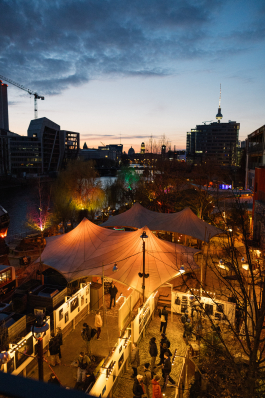
© Per Jakob Blut
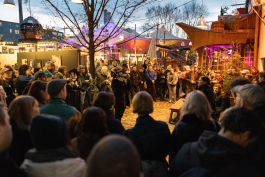
© Per Jakob Blut
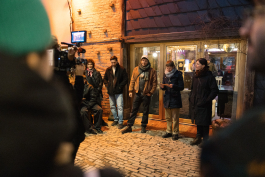
© Per Jakob Blut
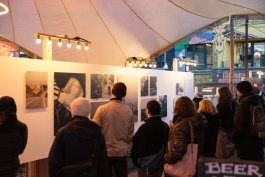
© Per Jakob Blut
